We’re very excited to share the first look at the 3D reconstructions of Mau Mau camps that our digital heritage team has been working on! Tayiana Chao, along with our newest team members Mike Wanjala and Grace Sampao have been hard at work creating models of Aguthi and Mweru Works Camps, today in use as high schools. Below, Chao shares with us the process her team goes through to create the reconstructions, and shares some initial images of their work. You can also read this on African Digital Heritage. For more context on the project and the history of the Mau Mau camps, see more posts here.
Our first attempt to create digital reconstructions of former Mau Mau camps started in May 2019. With a skilled team of 3 digital creators, we have begun creating the primary 3D models which will form the basis of our historical reconstructions.
We started off with two sites, Aguthi Works Camp (currently Kangubiri Girls High school) and Mweru Works Camp (currently Mweru High School). The decision to start reconstructing these two sites was based on our Field work trip conducted in September of 2018.
The digital reconstructions are primarily based on existing evidence i.e the physical remains of the camps currently still in place at Aguthi and Mweru. These structures which were made of bricks still stand today, albeit with a few alterations over the years. However, other camp structures that were made of temporary materials such as iron sheets or thatch are no longer present.
The existing physical evidence is a primary insight for us in many ways, for instance, in a number of the cells you can still see evidence of barbed wire which was placed along the roof openings to prevent detainees from escaping.

Barbed wire in a storage room at Aguthi
In Mweru camp you can still find the original brick textures and materials used to construct the cells. This provides a sufficient base for applying textures to our 3D reconstructions. Where evidence is lacking in one site but present in another we form a hypothesis based on the similarity of the sites, the proximity and the purpose for which both camps were created (i.e both were setup as work camps, primarily for Labor).
For instance, in Aguthi camp, the camp structures were painted over in recent times to match the school’s color scheme, however we can use the Mweru structures (which still have the original material) to hypothesize how Aguthi structures might have looked when they were constructed.
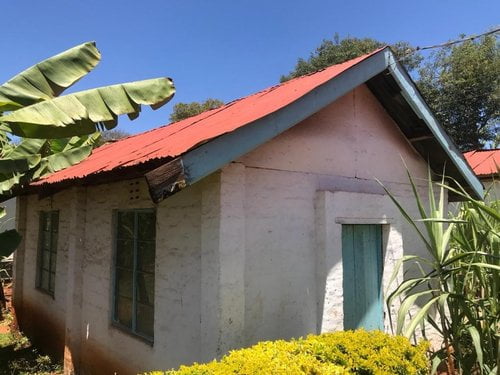
Former cell at Aguthi as it appears today
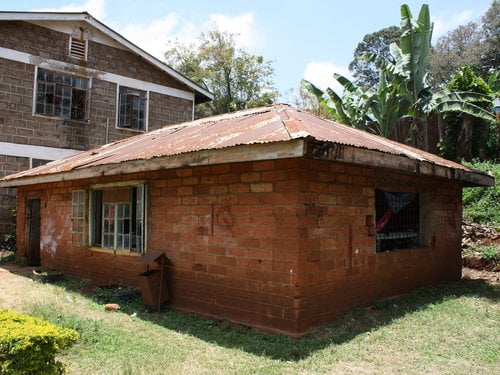
Former cell at Mweru as it appears today
We are currently extracting as much information on the camps through documentary evidence comprising of site photographs, oral history and archival sources. In many ways we find that using different sources offers a holistic perspective and the sources compliment each other by offering different outlooks and contextual information on the same thing.
Our first step when coming up with the reconstructions was to focus on the geometric and structural aspects before proceeding to incorporate the finer details.
1. Reconstructing Mweru Camp
Digital reconstructions of Mweru camp have primarily been based on evidence from present day-physical remains and oral testimony from Mau Mau veterans.
One of the challenges with Mweru, has been the difficulty in finding archival sources on the camp. This far, we have not come across any historical photos or videos of that could give us a concrete picture of the original environment and/or layout of the camp structures.
However, on the upside, many of the structures in Mweru have not been altered much since the camp was closed down. The buildings that remain today are in pretty much the same form as when they were built save for degradation caused over time. This provides an accurate basis on which we can base the reconstructions as we combine this with oral testimony from Mau Mau veterans.
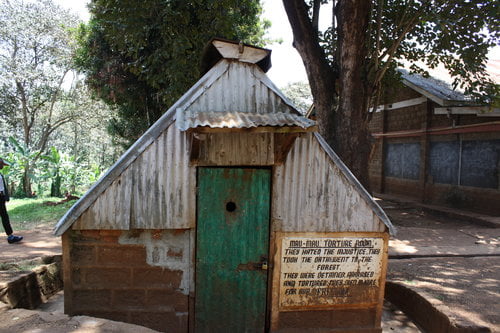
Present day structure at Mweru
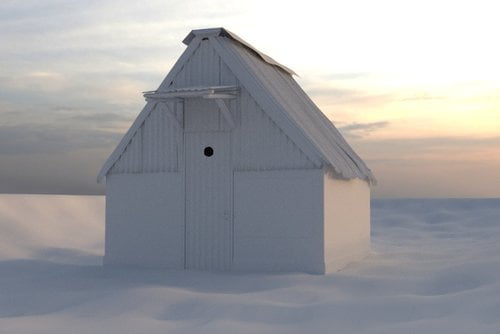
Digital reconstruction

Former cell at Mweru High School
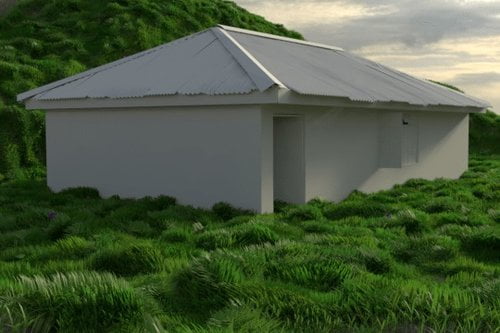
Digital model of cell
2. Reconstruction of Aguthi Camp Gate and entrance
Unlike Mweru camp, we have been able to locate a number of audio-visual historical materials on Aguthi. From photographs to videos we have been able to base our reconstructions on historical evidence that is further backed by physical remains at the site today.
Aguthi offers us a different challenge from Mweru because most of the structures have been modified/altered to match the present school’s look and feel. But we are able to hypothesis on things such as textures by drawing comparison from the structures in Mweru and from examining the nature of deterioration and modification on the physical structures.
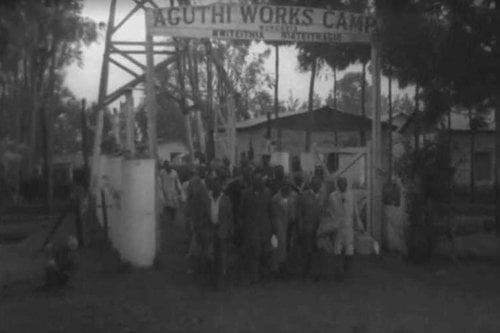
Aguthi Works Camp in 1959. Source: British Pathé.
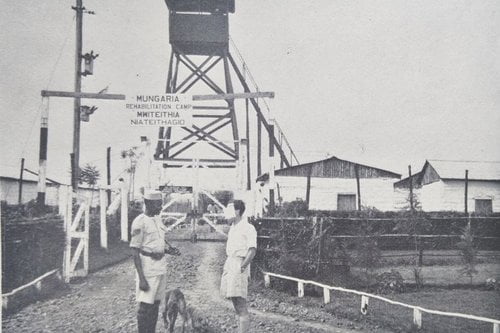
Aguthi Works Camp. Source: JM Kariuki, Mau Mau Detainee.
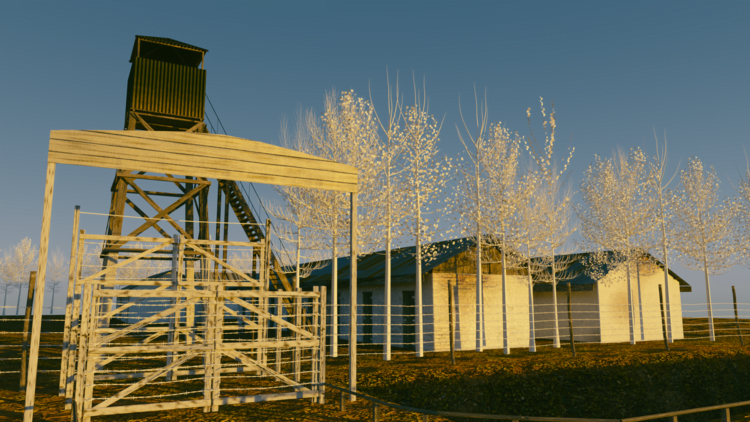
Draft reconstruction of Aguthi Works Camp.
Next steps
Our next step will be to add textures, environmental details and interior details where possible to create a more realistic scene. Stay tuned for our next update where we will present the 2nd draft of our 3D reconstructions.
We would like to make the 3D reconstruction process as transparent as possible, and we will be publishing a document with all sources we have used once we are through. We see digital as being a beginning not an end, and we hope that these reconstructions can help bring more people to the table to generate more knowledge and awareness on the subject.